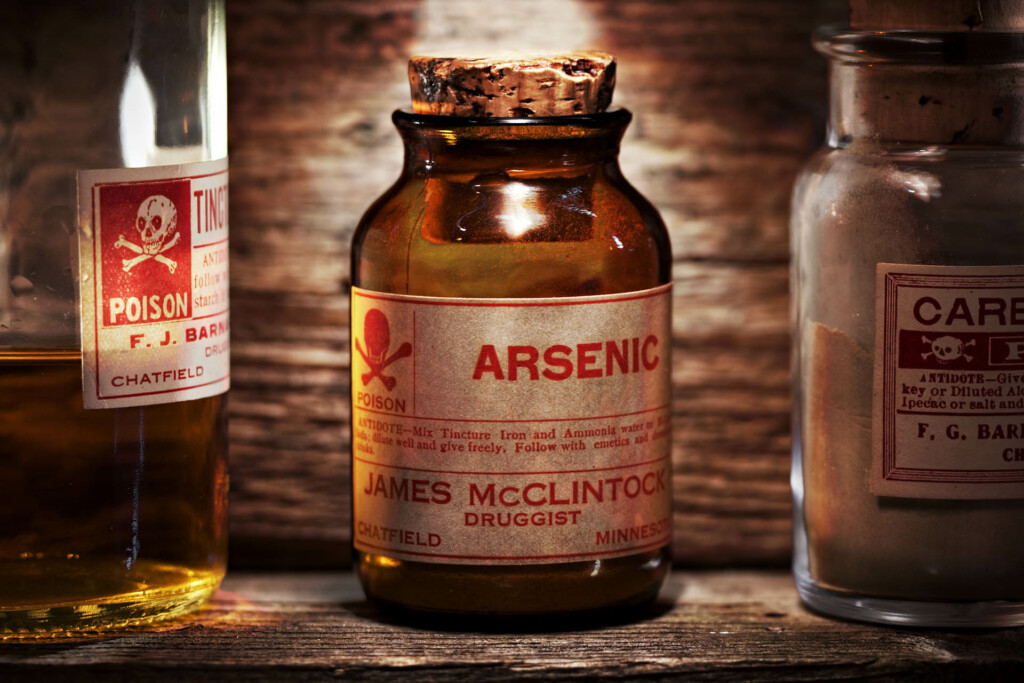The Victorian Era was an age of growth and scientific advancement. So that means all of the medical practices were cutting edge, right? Not exactly. While many practices might seem advanced for the time, it didn’t seem to prolong lives. Although Victorians who attained adulthood could expect to live into old age, average life expectancy at birth was low: in 1850 it was 40 for men and 42 for women. By 1900 it was 45 for men and 50 for women. Some of these practices you’re about to read about will probably astound you for how obviously bad they are. However, the Victorians were not privy to the consequences of these treatments like we are today. But we know one thing for sure: after learning about these Victorian medical practices, you’ll be grateful you weren’t alive to experience these.

Arsenic for Anemia
It may seem absolutely insane, but Arsenic was once used to treat anemia. Anemia occurs when the body doesn’t have enough healthy red blood cells. It’s treated today with medications to help the production of red blood cells. So, what made doctors use Arsenic? It was a standard treatment for a variety of conditions back in the day. Doctors used it to treat diseases such as anthrax, syphilis, and anemia. They must have believed in it since doctors used it to treat many ailments. In fact, by the early 19th century, Arsenic was being inhaled, injected, ingested, and given as enemas. Many people had symptoms from this wild remedy, including stomach distress, rashes, and headaches. They refer to this as Fowler’s Disease.
